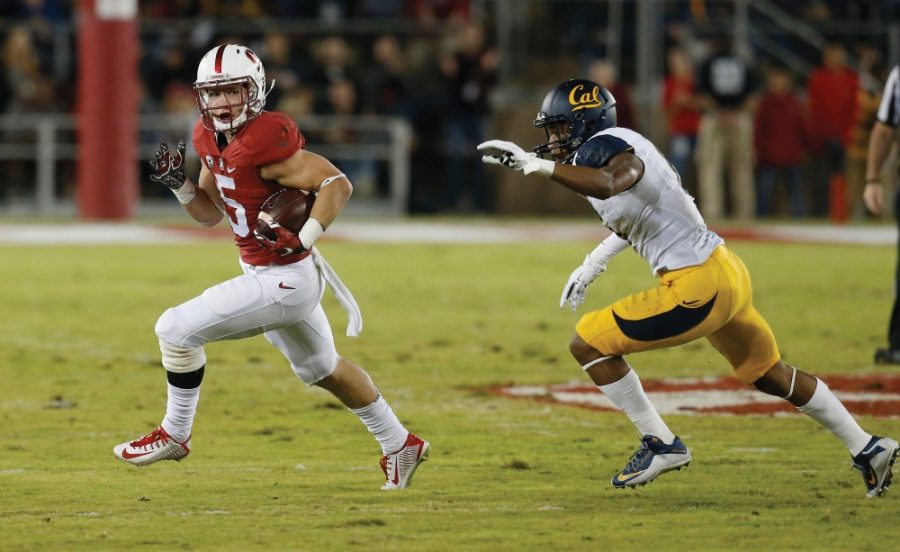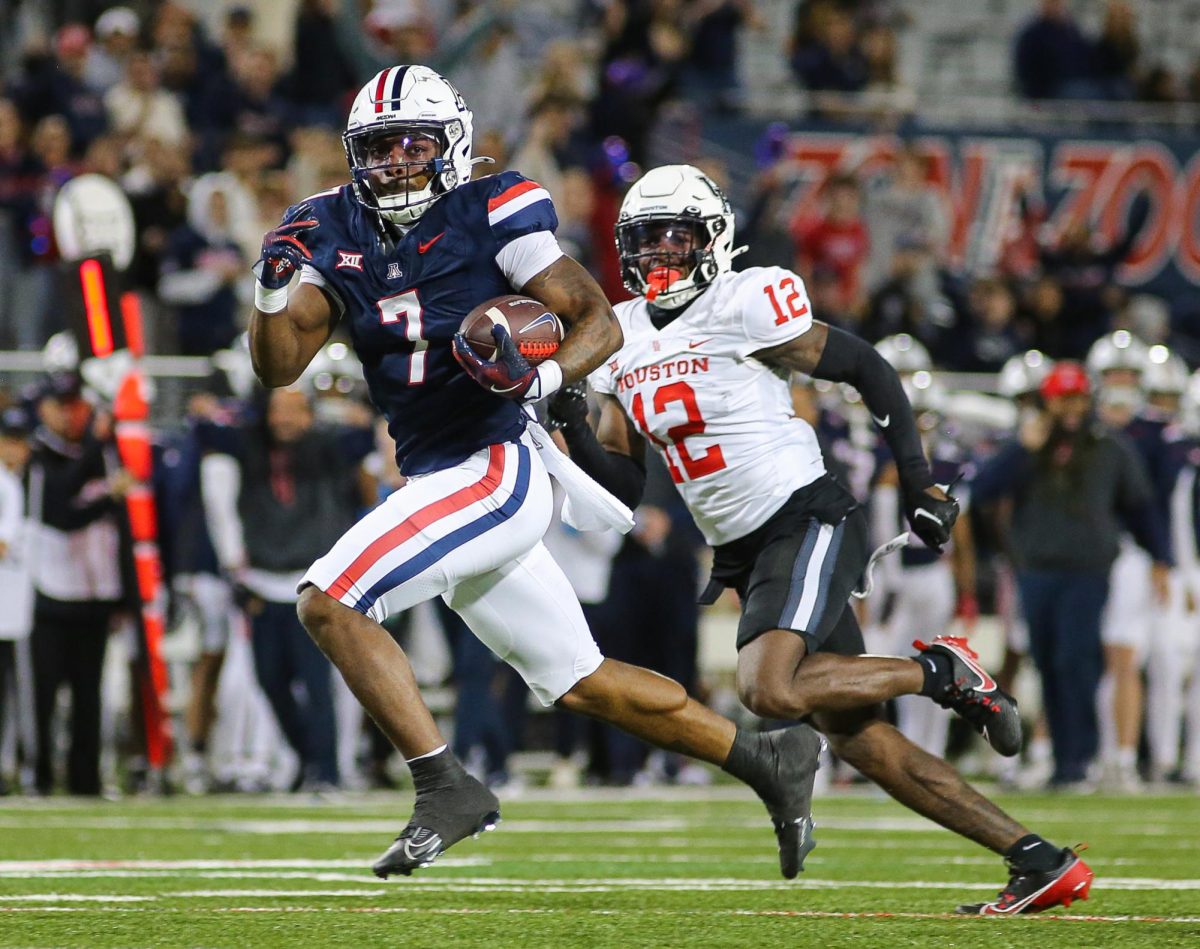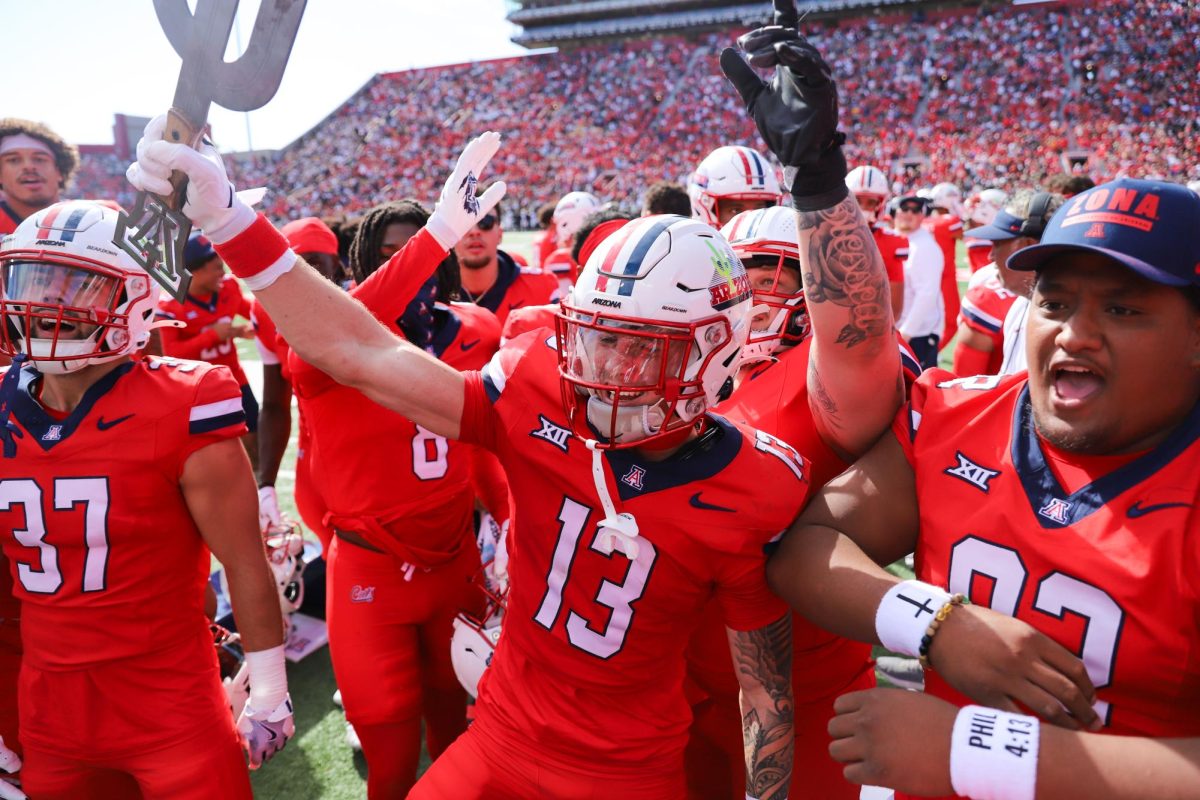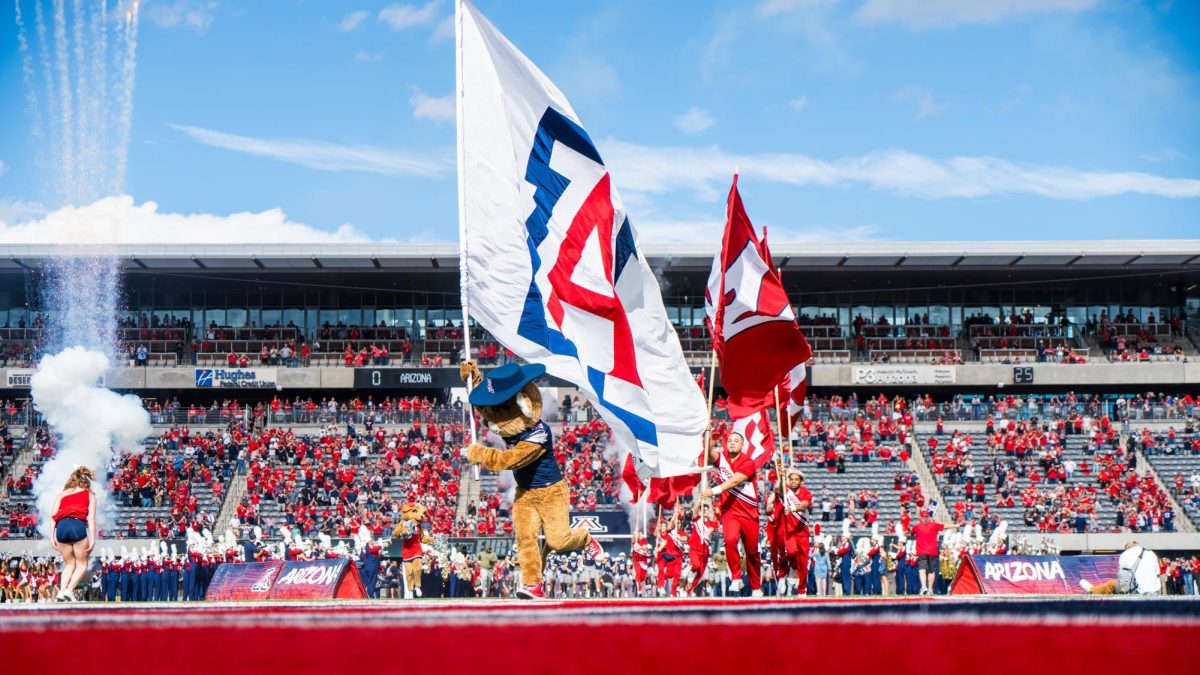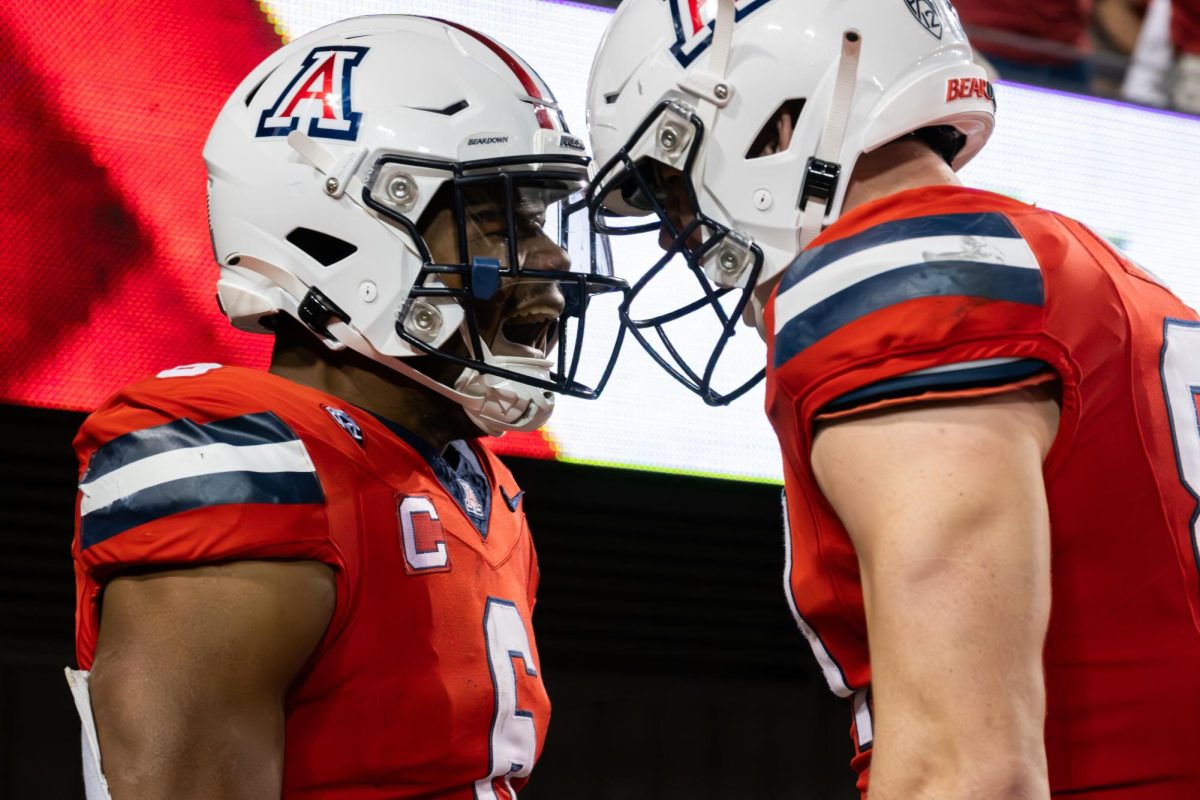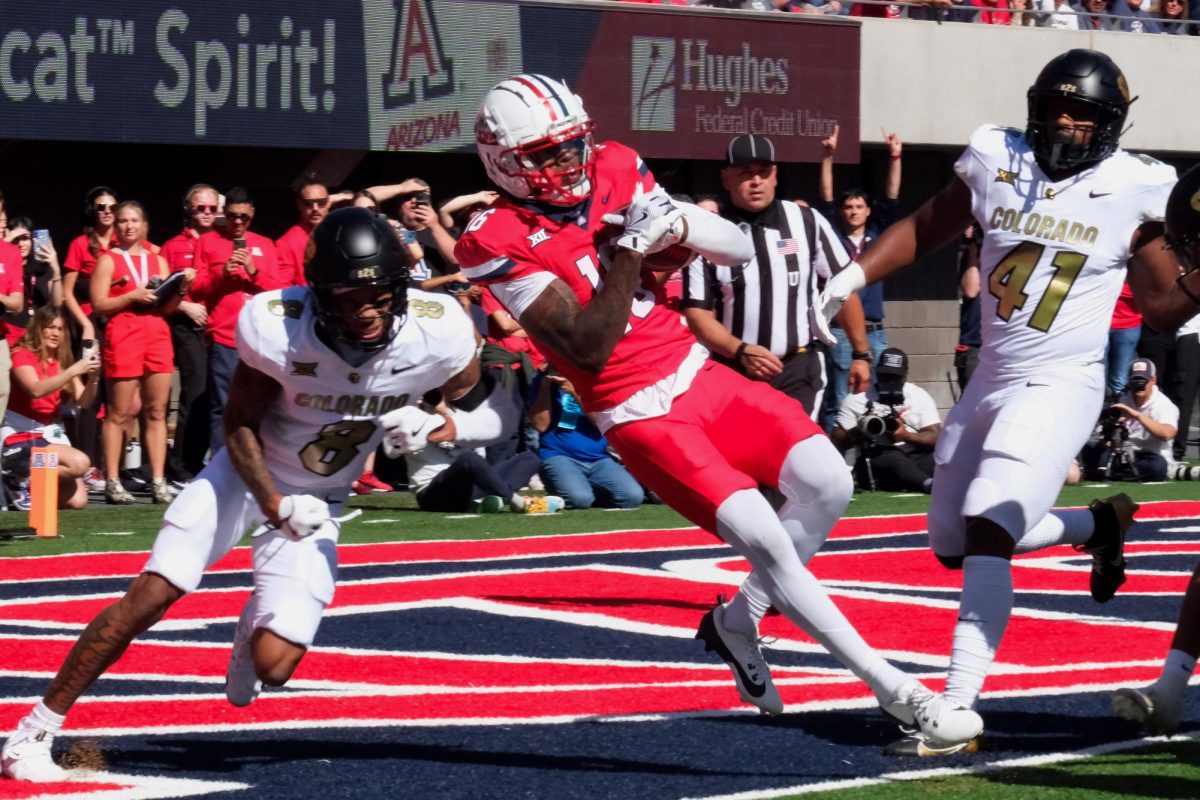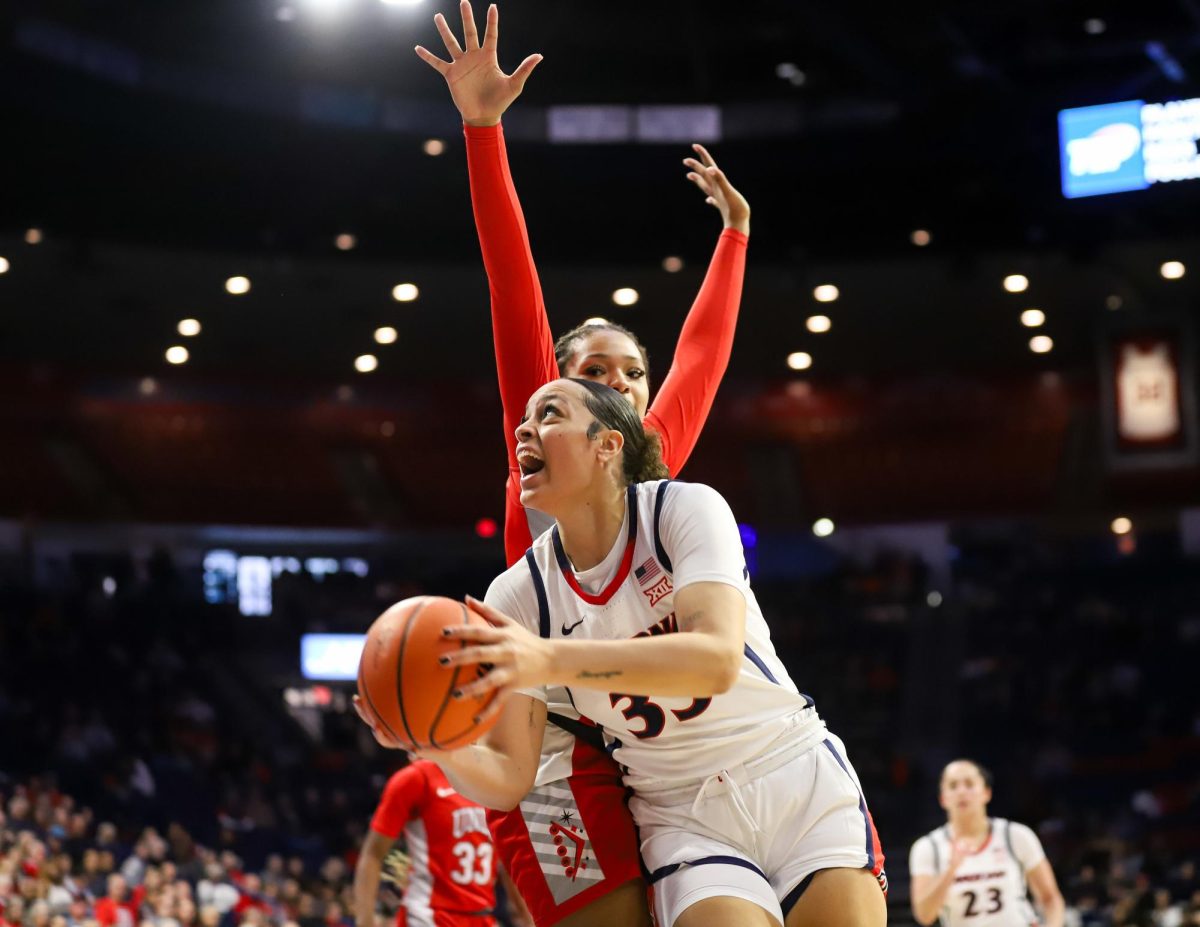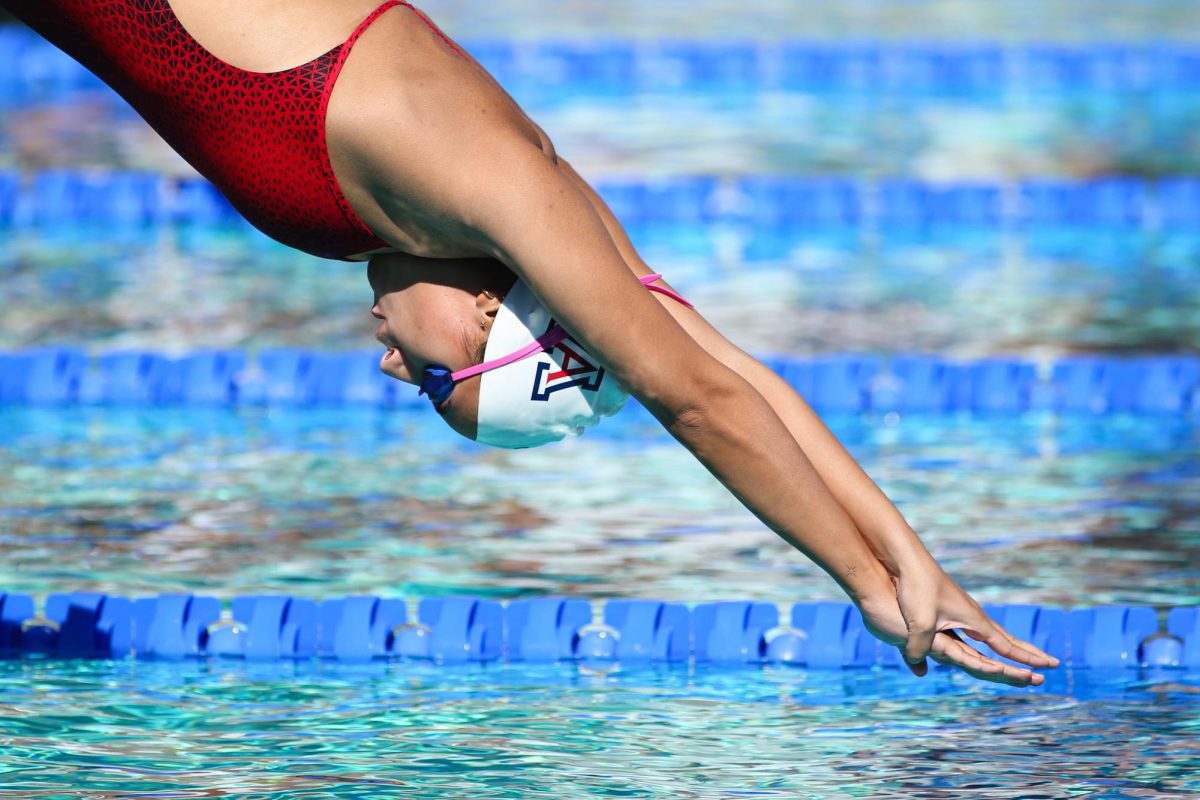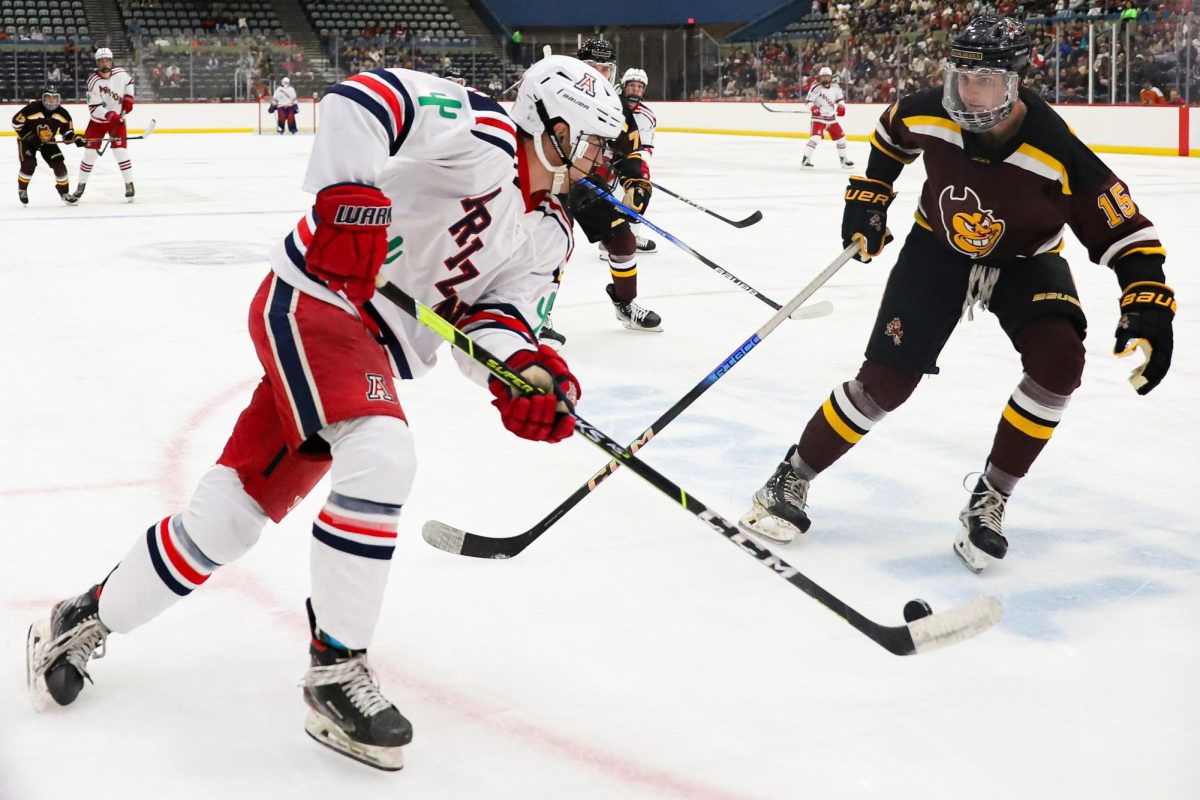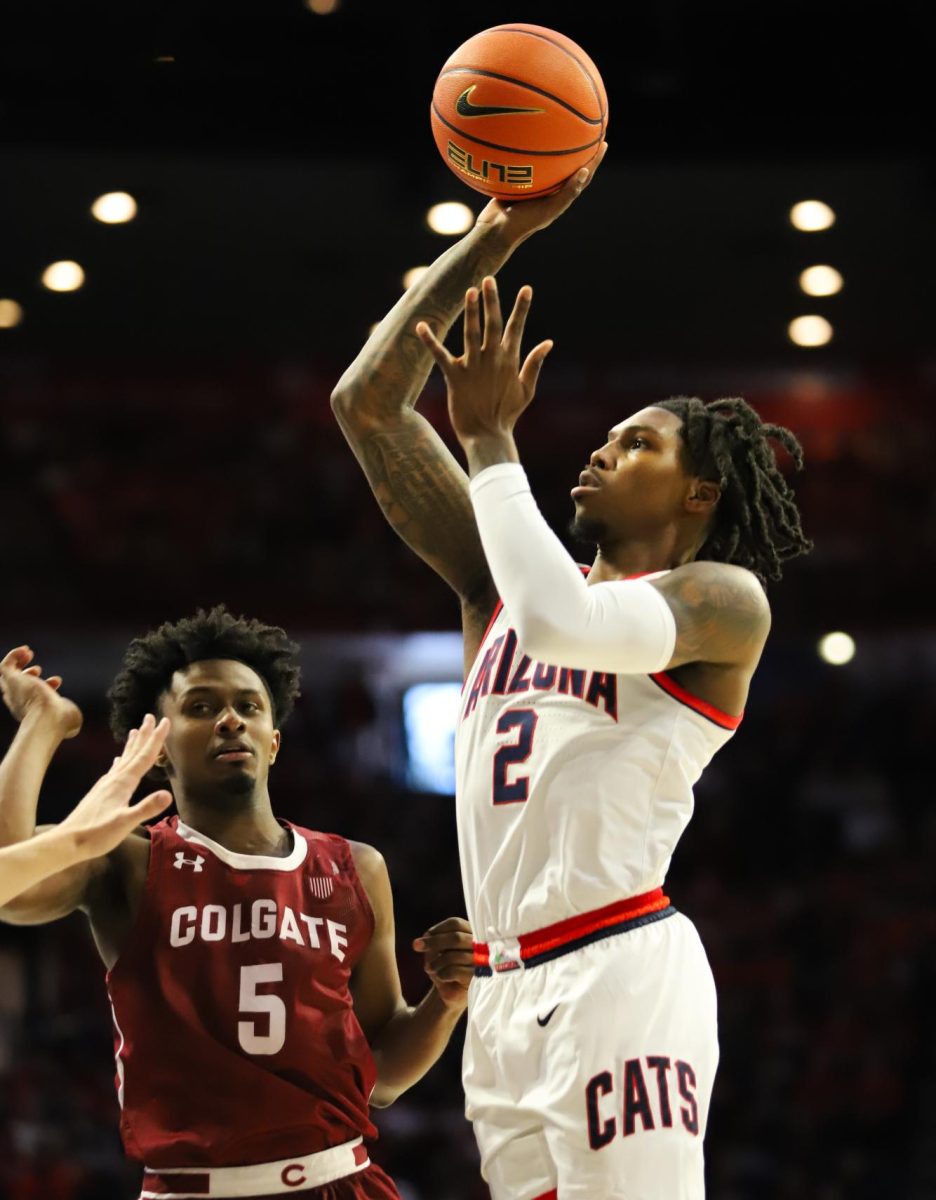The Pac-12 North has been dominant since the Pac-12 Conference expanded to two divisions in 2011. The Oregon and Stanford football teams — members of the Pac-12 North — have won all five Pac-12 Championship Games.
And it seems likely that won’t change in 2016 as Oregon and Stanford appear to be head and shoulders above the Pac-12 South’s top teams, while Washington is a dark-horse team.
Nonetheless, here’s how we expect the Pac-12 North to shake out:
1. Stanford Cardinal
The great work done by former head coach, Jim Harbaugh, has been carried on by current head coach David Shaw.
The Cardinal have become a national power, and running back Christian McCaffrey is the face of the team. The running back enters the season a Heisman Trophy contender and one of the most exciting players in the country.
In 2015, McCaffrey finished as the Heisman runner-up after accumulating 2,019 rushing yards, 645 receiving yards, and 15 total touchdowns.
The junior is extremely versatile, capable of scoring on kick returns, receptions and rushes.
McCaffrey will have to carry the load for the Cardinal this season, because the quarterback position is questionable. Kevin Hogan graduated leaving a huge hole at the position.
Junior Keller Chryst and senior Ryan Burns will compete for the job, and neither have much game experience.
Defensively, the Cardinal are reloading with only four returning starters. But there’s a lot of talent in Palo Alto, and Shaw excels at developing players, so don’t be shocked if its defense is formidable once again.
Stanford is the division favorite to not only win the Pac-12 North, but the Pac-12 as a whole. A spot in the College Football Playoff may lie ahead as well.
2. Oregon Ducks
Scoring has rarely been the problem at Oregon, as the Ducks have possessed one of the nation’s best offenses over the last decade.
Preventing the opposition from scoring, however, is a different story. The Ducks allowed 30 points or more in eight games last season, including 47 in the Alamo Bowl.
New defensive coordinator Brady Hoke — the former University of Michigan head coach — will try to change the culture around the unit, but it’s expected that the Ducks will go as far as the offense takes them.
Dakota Prukop will be the starting quarterback this year, and it’s the second consecutive year an FCS All-American will be calling the signals in Eugene.
Prukop is an athletic quarterback that will complement Oregon’s standout running back, Royce Freeman.
Freeman may get lost In the shuffle behind Stanford’s Christian McCaffrey, but he’s a gamebreaker in his own right.
The Ducks will be a contender for the division title, but the fans are used to more. And if Oregon’s defense can stop someone this season, and Prukop is as good as advertised, the Ducks may find themselves back in the top 15.
3. Washington Huskies
Once upon a time, the Huskies dominated the Pac-10 Conference with multiple trips to the Rose Bowl and a national championship in 1991.
Those days of glory may be coming back to Seattle, as head coach Chris Petersen has rebuilt the program and the Huskies are ready to challenge for the division title.
The offense is young in key spots, but those youngsters are experienced.
Quarterback Jake Browning had a solid freshman campaign, throwing for almost 3,000 yards.He will be protected by one of the best offensive lines in the country, with tackle Trey Adams projected to be high NFL Draft pick.
The sky is the limit for running back Myles Gaskin, who ran for over 1,000 yards last season.
Seven starters return for the Husky defense, with nose tackle Elijah Qualls anchoring the middle. Washington’s linebacker corps is fast, strong and immensely talented.
All Pac-12 selections Budda Baker and Sidney Jones lead a deep secondary.
Washington’s biggest game of the season is Sept. 30, when Stanford visits Seattle.
It’s possible that the winner of that contest will be the Pac-12 North champion.
4. Washington State Cougars
Washington State has come a long way from the perennial bottom-feeder it was under former coach Paul Wulff.
Head coach Mike Leach has resurrected the program, and the 2015 season marked the most successful season for the Cougars in over a decade, as they finished with a 9-4 record.
As to be expected from a Leach-coached team, the 2015 Cougars were an offensive juggernaut, and that won’t change in 2016.
Quarterback Luke Falk was one of the nation’s best passers last season, and the junior will likely continue that again this season.
Of course, Falk has help from a stacked receiving corps.
Gabe Marks is the best of the bunch, as he had 104 receptions, 1,192 receiving yards and 15 touchdowns last year — all team-highs.
While the WSU offense garners the headlines, the defense has quietly become one of the most improved units in the country.
For the first time in Leach’s tenure, the Cougars have a defense that can provide legitimate resistance. Linebacker Peyton Pelluer is a tackling machine, notching 101 stops last season.
Meanwhile, the secondary returns four starters.
Washington State isn’t in the Oregon, Stanford, Washington triumvirate, but it may be a dark horse, provided the defense continues to improve.
5. California Golden Bears
Cal’s Air Raid offense will be looking for a new pilot this season as Jared Goff is no longer in Berkeley.
Head coach Sonny Dykes’ pass-happy system made Goff one of the nation’s finest signal callers, and his departure leaves a major void.
Davis Webb, a graduate transfer from Texas Tech, will likely be called upon to fill Goff’s vacancy.
Webb played at Texas Tech for three seasons and threw for 5557 yards and 46 touchdowns. Texas Tech’s offense is similar to Cal’s, so Davis appears to be an ideal fit with the Golden Bears.
The Bears will also have to replace a receiver corps that caught 265 passes last year.
However, they do have an experienced offensive line to lean on.
The Cal defense continued its upward trajectory in 2015, rising once again in most statistical categories.
Many of the players who made that improvement possible are now gone, but for the first time in Dykes’ tenure, the Bears have depth on that side of the ball.
The Bears most likely won’t be a contender for the division crown, but they should be good enough to make it to a bowl game.
6. Oregon State Beavers
The Beavers lack talent across the board.
One bright spot is their group of receivers including Victor Bolden, Jordan Villamin and Seth Collins.
Collins’ offseason has been quite eventful.
He left the team following the 2015 season, announced his intention to transfer but then eventually returned to the team where he’ll now be a wide receiver.
The former starting quarterback should be a better fit at receiver, where he will be able to utilize his athleticism more often.
Taking his place at quarterback is Darell Garretson, a transfer from Utah State University.
Garretson completed over 60 percent of his passes with the Aggies, and should be able to replicate that success in Corvallis, Oregon.
The Beavers’ offense could be respectable, but their defense is one of the worst in the Pac-12.
Last season, Oregon State was ranked near the bottom in every major defensive category, and chances are it will repeat that feat in 2016.
Follow Nathan Skinner on Twitter



